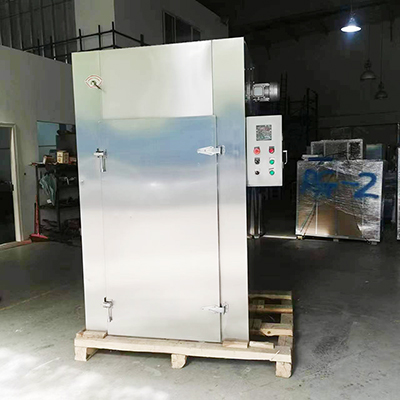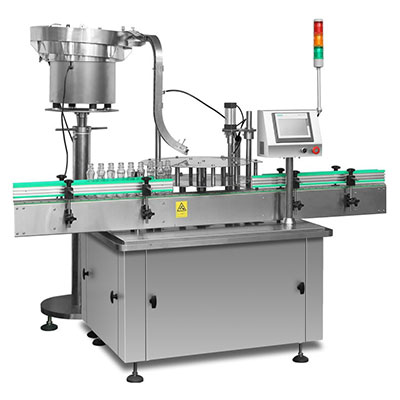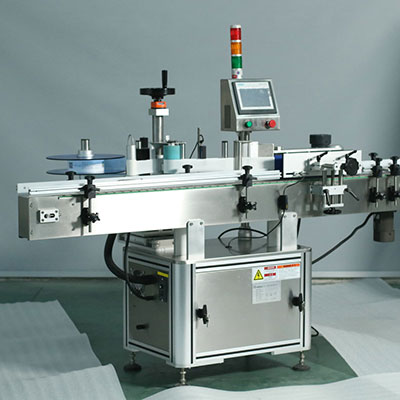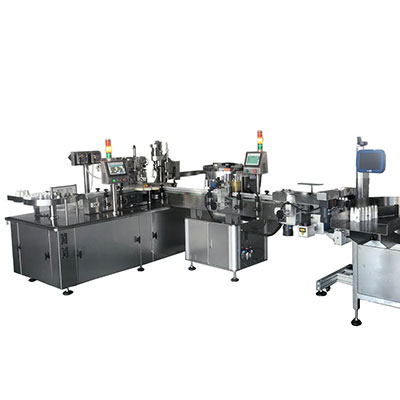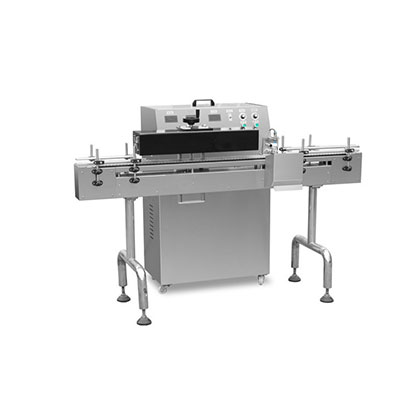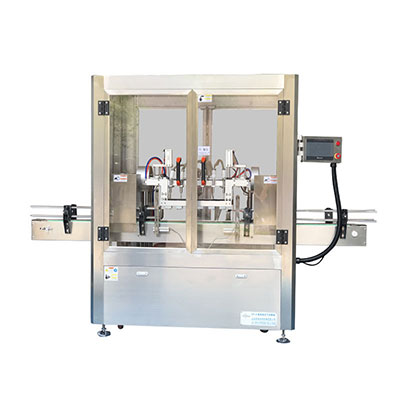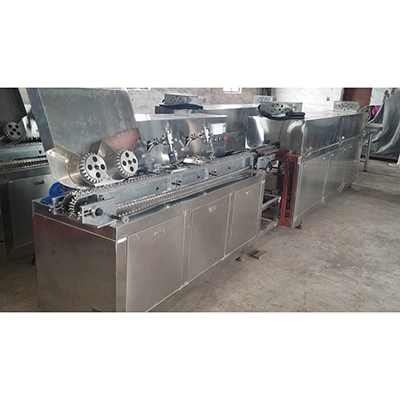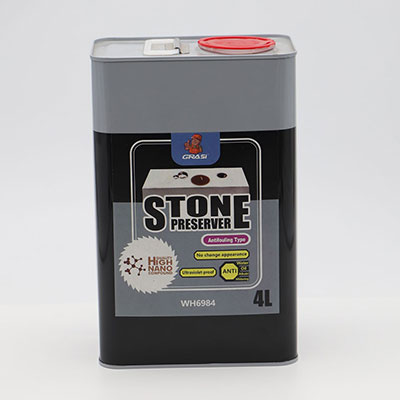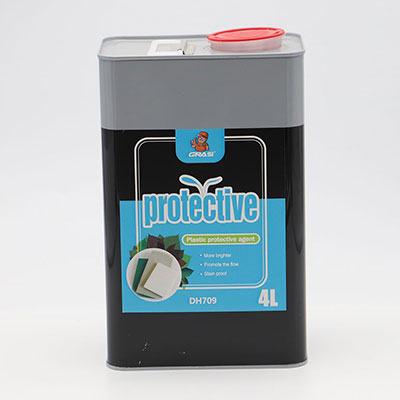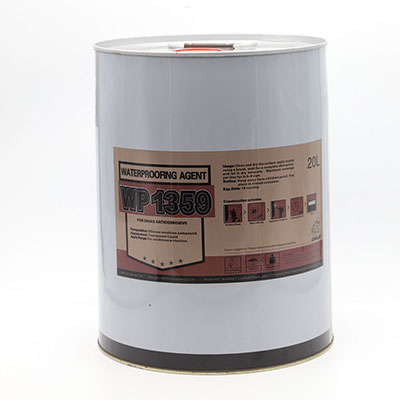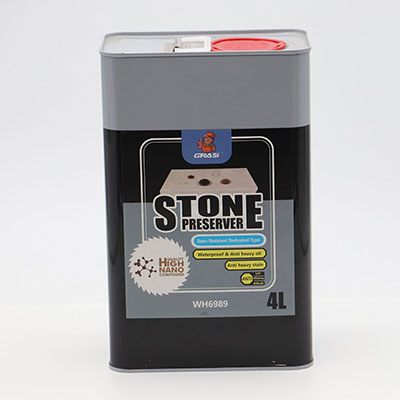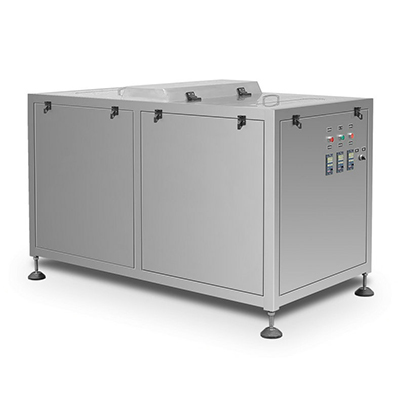Fabricated radiator for car FRC-2
Fabricated radiator for car FRC-2
Core Size: 675×322×34
Applicable auto model: CHERY WINDCLOUD (CHINA) M/T 09/03-
Description
The auto radiator has two key parts: heat sink composed of small flat tube, andoverflow tank (on the top, bottom or both sides of the radiator). If theautomobile has a service time five years or above five years, the coolingsystem maybe has some problems. The automobile has been exposed to environmentswith salinity, fragment and other chemical materials which do harm to the coolingsystem for a long time, the metal parts of the auto radiator have beendestroyed, the engine maybe overheated, and the cylinder maybe exploded. Inthat case, you need a new auto radiator.
Principle
When the engine is in the cold clean criticality or the low temperature, theroute of engine coolant is a minor cycle. In that case, the coolant does notflow through the auto radiator. When the coolant temperature arrives in acertain value, the coolant is in a big circulation. It may reduce the time of engine'stemperature rising, the energy loss and the metal parts’ attrition effectively.The cooling circulation route is controlled by thermostat which is in the lowerpart of water pump. When the engine coolant temperature arrives to - 358K (85°C), thermostat valve is open, the enginecoolant starts to flow through the auto radiator in a big circulation. When theengine coolant temperature arrives to 378K (105°C), the thermostat valve is open completely, theengine coolant circulation and radiation are strengthened, the engine coolant’stemperature rising is also controlled. The principle of an auto radiator is touse cool air to reduce the temperature of engine coolant
Function
When you start the automobile, the overheating ofengine destroys the automobile. Therefore, there should be a cooling systeminstalled on the automobile to maintain the engine in a suitable temperaturerange. Auto radiator is the main part of a cooling system. It is designed toprotect the engine from destruction caused by overheating. An auto radiator isused to reduce the temperature of engine coolant by cooling air.
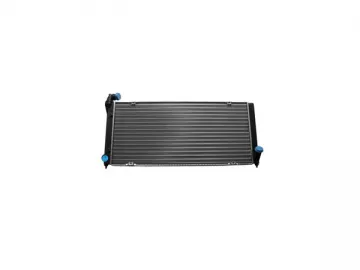
Links:https://globefindpro.com/products/99528.html
-
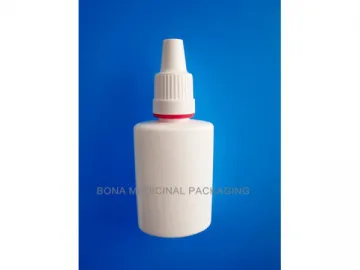 30ml LDPE Nasal Spray Bottle with Sealed Cap
30ml LDPE Nasal Spray Bottle with Sealed Cap
-
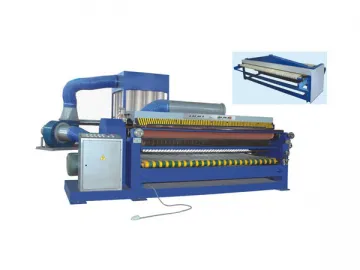 Dry/Wet Leather Buffing Machine
Dry/Wet Leather Buffing Machine
-
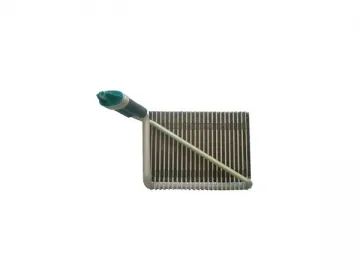 Auto Evaporator
Auto Evaporator
-
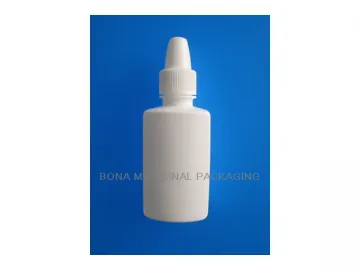 1OZ LDPE Nasal Spray Bottle in Square Shape
1OZ LDPE Nasal Spray Bottle in Square Shape
-
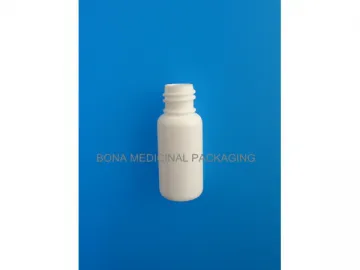 15ml PE Bottle
15ml PE Bottle
-
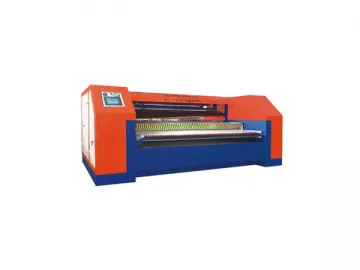 Rotary Ironing Machine
Rotary Ironing Machine
-
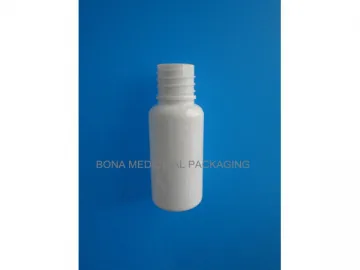 15ml PET Bottle
15ml PET Bottle
-
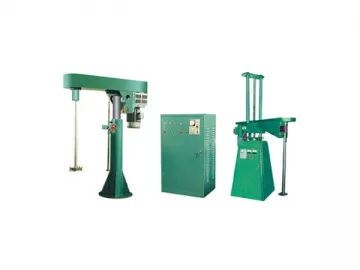 High Speed Disperser
High Speed Disperser
-
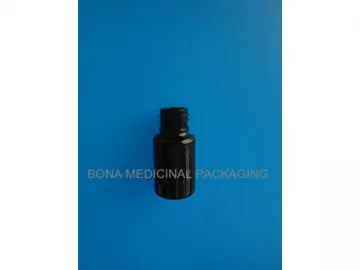 20ml PET Bottle
20ml PET Bottle
-
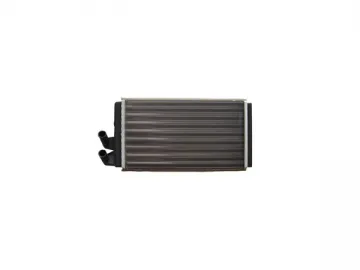 Combined heater core HC-1
Combined heater core HC-1
-
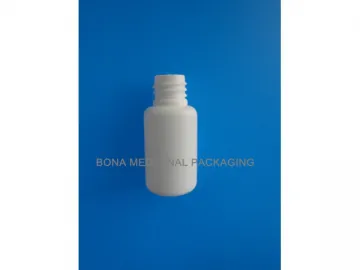 20ml PE Bottle
20ml PE Bottle
-
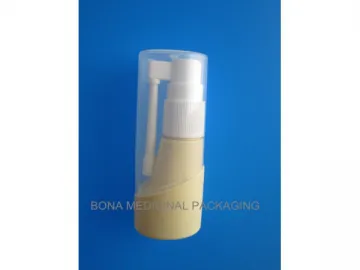 25ml PE Bottle in Special Shape
25ml PE Bottle in Special Shape
